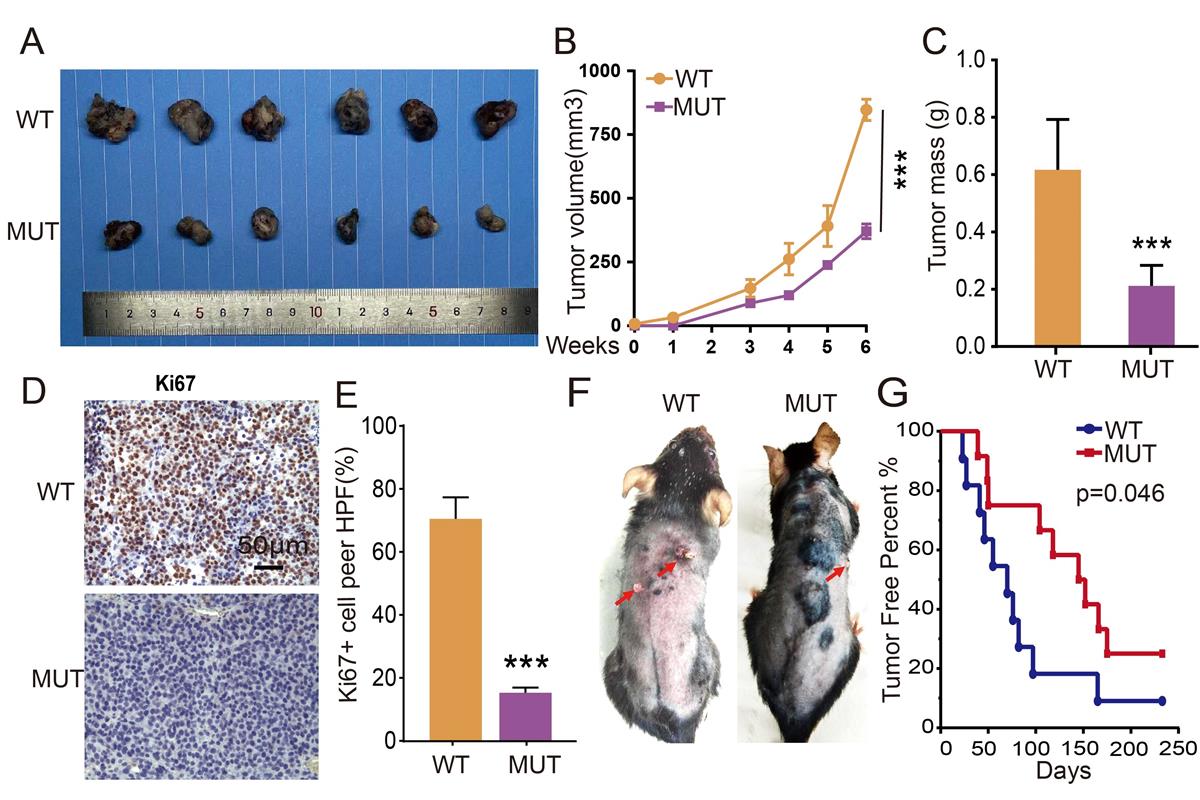High altitude is one of the most extreme environments worldwide, and mammals living in high altitude evolve adaptation traits including respiratory, cardiovascular, and metabolic systems compared to reciprocal lowlanders.
The genetic signals after hypoxia positive selection are the major factors contributing to the hypoxia tolerant physiological traits, some of which have been indicated to be critical for transcriptional regulation under hypoxic conditions. Hypoxia occurs not only in natural environments including high altitude, underground burrows and deep sea, but also in human pathological conditions, such as diabetes and hypoxic solid tumors.
Hypoxia related signaling molecules have been documented to function as a major regulator during tumorigenesis. These factors include hypoxia-inducible factors (HIFs), the von Hippel–Lindau (VHL) and prolyl hydroxylases (PHD1/2/3 or so-called EglN1/2/3, respectively) of the 2-oxoglutarate (or α-ketoglutarate) dioxygenase super-family, which provide valuable therapeutic targets for various types of human cancers.
Increasing evidence has revealed that hypoxic solid tumors are not sensitive to clinical treatment due to reduced reactive oxygen species (ROS) and DNA damage in the case of ionizing radiation and certain chemotherapies.
Based on the similarities between high altitude hypoxia adaptation and hypoxic solid tumors, we have developed an interdisciplinary study to identify novel biomarkers involved in tumorigenesis.
For examples, we did parallel large-scale genomic data generated from Tibetan domestic mammals and corresponding lowland species, and identified multiple hypoxia adaptation selected genes including YTHDF1 and C10orf67.
Furthermore, we found that YTHDF1 expression is decreased in highland mammals compared to lowlanders, which promotes non-small cell lung cancer (NSCLC) progression by activating the translational efficiency of m6A modified CDK2 and CDK4 mRNAs.
Recently, we uncovered that the retinol saturase gene (RETSAT) contains a single parallel amino acid change from glutamine (Q) to arginine (R) at position 247 in QTP (Qinghai-Tibet Plateau) mammals.
In collaboration with Dr. SHI Peng in Kunming Institute of Zoology, CAS, Dr. CHEN Yongbin’s group demonstrates that RETSAT is downregulated in multiple types of human cancers, whose lower expression correlates with worse clinical outcome.
We identify that the promoter region of RETSAT is highly methylated leading to its decreased expressions.
Furthermore, we show that RETSAT knockdown promotes, while its overexpression inhibits, tumor growth. Mechanistic study uncovers that the oncogenic factor, the prolyl isomerase (PPIase) Pin1 and its related downstream signaling pathway, were both markedly repressed in the mutant mice compared to the wild-type mice.
In summary, these results suggest that interdisciplinary study between evolution and tumor biology can facilitate identification of novel molecular events essential for hypoxic solid tumor growth in the future. This study was recently published in Frontiers in Cell and Developmental Biology, on 4th November, 2021.

RETSAT (Q247R) mutation inhibits tumor growth in vivo. (A-C) RETSAT mutation inhibits xenograft tumor formation in vivo. Representative xenograft tumor images (A), tumor masses (B) and tumor volumes (C). (D-E) Representative IHC staining of Ki67 for indicated xenograft tumors. (F) Representative mice images after DMBA/TPA treatment. WT= wild type (RETSATQ/Q). MUT = mutant (RETSATR/R). (G) The overall survival (OS) analysis for RETSAT mutation and RETSAT WT mice after DMBA/TPA induced cutaneous keratinocyte carcinoma. *P < 0.05, **P < 0.01, ***P < 0.001.
(By CHEN Yongbin, Editor: YANG Yingrun)
Contact:
CHEN Yongbin
ybchen@mail.kiz.ac.cn
